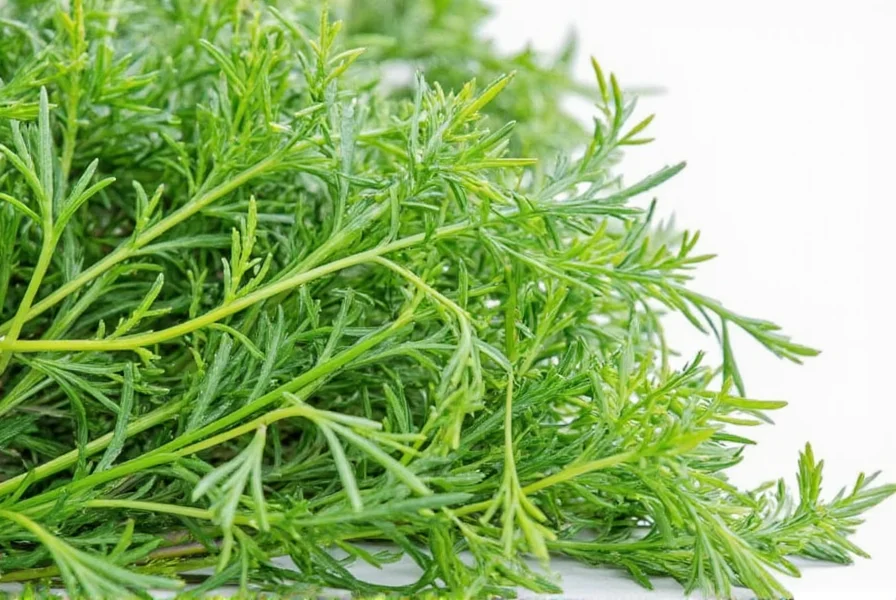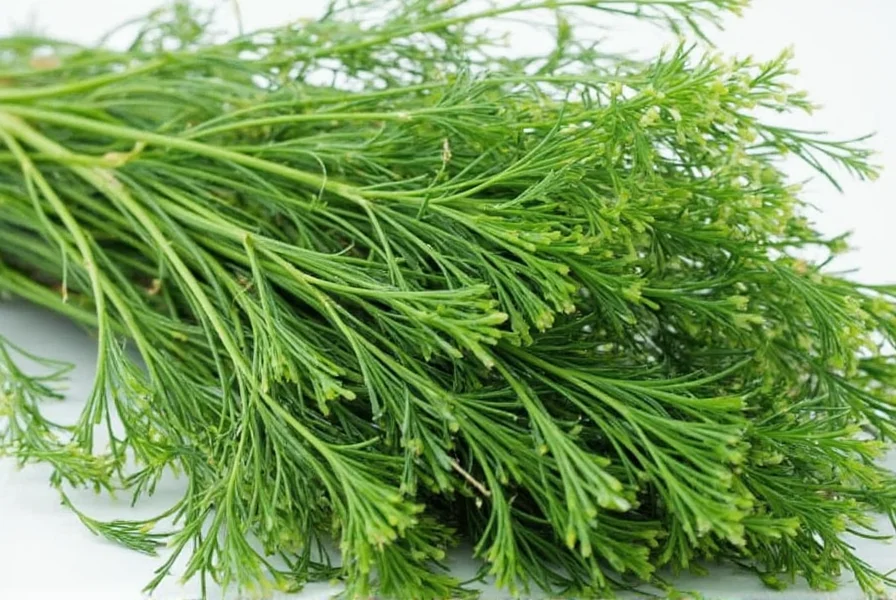When exploring what does dill mean, most people seek information about the culinary herb rather than its less common alternative meanings. This versatile plant features feathery green leaves (dill weed) and small oval seeds, both used extensively in global cuisines. Native to the Mediterranean and Western Asia, dill has been cultivated for thousands of years, appearing in ancient Egyptian medical texts and Roman cookbooks.
Understanding Dill: Herb, History, and Usage
The primary meaning of dill relates to the herb Anethum graveolens, which grows up to 4 feet tall with delicate, fern-like leaves and yellow flower clusters. Its flavor profile combines grassy, citrusy, and slightly anise-like notes that intensify when dried. Unlike many herbs that lose potency when dried, dill maintains distinctive characteristics in both fresh and dried forms, though the flavor profile differs significantly between dill weed and dill seeds.
Historically, dill's name derives from the Old Norse word dilla, meaning 'to lull,' reflecting its traditional use in soothing remedies. Ancient Greeks and Romans considered dill a symbol of wealth and prosperity, while medieval Europeans used it as a protective charm against witchcraft. The herb's scientific name Anethum graveolens comes from the Greek aniron, meaning 'strong smelling,' accurately describing its potent aroma.
| Form of Dill | Flavor Profile | Common Culinary Uses | Substitution Ratio |
|---|---|---|---|
| Fresh Dill | Delicate, grassy, citrus notes | Fish dishes, salads, dips, dressings | 1 tbsp fresh = 1 tsp dried |
| Dill Weed (dried) | More intense, slightly hay-like | Seasoning blends, soups, stews | 1 tsp dried = 1 tbsp fresh |
| Dill Seeds | Stronger, earthier, caraway-like | Pickling, breads, spice rubs | 1 tsp seeds = 2 tsp weed |
Distinguishing Between Dill Forms and Common Confusions
Many people searching what does dill mean in cooking encounter confusion between dill weed and dill seeds. Though from the same plant, these forms serve different culinary purposes. Dill weed refers specifically to the dried or fresh leaves, while dill seeds come from the plant's flower heads. The seeds contain higher concentrations of essential oils, giving them a more pungent flavor suitable for pickling and baking.
Another common point of confusion involves dill versus fennel. While both belong to the Apiaceae family and share visual similarities, they're distinct plants. Fennel has a stronger licorice flavor and features a bulbous base used as a vegetable, whereas dill is primarily used as a seasoning herb. Understanding dill herb definition and uses helps prevent these common culinary mix-ups.

Culinary Applications Around the World
The meaning of dill in culinary contexts varies across global cuisines. In Scandinavian cooking, dill features prominently in gravlax (cured salmon) and new potato salads. Eastern European cuisines use it extensively in borscht, cucumber salads, and sour cream-based sauces. Mediterranean dishes often incorporate dill into tzatziki and fish preparations, while Indian cuisine utilizes dill seeds in certain breads and pickles.
When exploring what does dill mean for pickling, it's important to note that dill seeds contain antimicrobial properties that help preserve vegetables. This explains why dill is essential in traditional dill pickles, despite the common misconception that fresh dill weed provides the primary flavor (most commercial dill pickles actually use dill seeds and oil for consistent flavor).
Nutritional Benefits and Storage Tips
Beyond understanding dill plant characteristics and history, many seek its health benefits. Dill contains significant amounts of vitamin C, manganese, and antioxidants. The herb demonstrates anti-inflammatory properties and may aid digestion. Dill seeds contain higher concentrations of calcium and iron than the leaves.
Proper storage affects dill's flavor longevity. Fresh dill should be treated like flowers—trim stems and place in water, covering loosely with a plastic bag in the refrigerator. It typically lasts 7-10 days. Dried dill weed maintains potency for 6-12 months when stored in an airtight container away from light, while dill seeds remain flavorful for 1-2 years.

Less Common Meanings of 'Dill'
While the herb represents the primary meaning of dill, the term has other applications. As a personal name, dill originates from the Germanic name Dietlinde, meaning 'devoted serpent' or 'loyal protector.' In some regional dialects, 'dill' can function as slang, though these usages are uncommon and context-specific. Understanding the full scope of meaning of dill in culinary terms versus other contexts helps prevent miscommunication.
Practical Cooking Guidance
When substituting dill in recipes, consider these guidelines. For fresh dill, suitable alternatives include parsley with a touch of lemon zest, or tarragon for fish dishes. Dill weed substitutions might include fennel fronds or a combination of basil and caraway seeds. For dill seeds, caraway or celery seeds work best depending on the recipe. Remember that dried dill weed has a more concentrated flavor than fresh, requiring adjustment in quantities.










 浙公网安备
33010002000092号
浙公网安备
33010002000092号 浙B2-20120091-4
浙B2-20120091-4